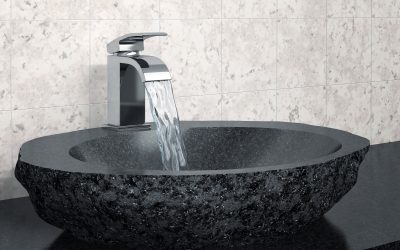When a beloved dog undergoes TPLO surgery—a procedure commonly performed to repair a torn cranial cruciate ligament in the knee—it’s natural for pet owners to feel anxious about the recovery process. While the surgery itself is vital, what happens afterward at home plays an equally crucial role in your dog’s full return to health. Many pet owners search for “Physical Therapy for Dogs After TPLO Surgery” to discover the best ways to support their furry friend’s rehabilitation and ensure a safe, speedy recovery in the comfort of their own home.
The Importance of Post-TPLO Physical Therapy
After TPLO surgery, dogs often experience stiffness, muscle weakness, and reduced mobility. Without proper rehabilitation, they may develop long-term joint issues or delayed healing. Physical therapy is designed to address these concerns, promoting healing, restoring strength, and reducing pain. At-home therapy, when guided by a veterinary professional, can be highly effective and even strengthen the bond between pet and owner.
Key Components of At-Home Physical Therapy
Physical therapy for dogs after TPLO surgery typically involves a combination of controlled exercises, massage, and lifestyle adjustments. Here’s what a comprehensive program might include:
1. Controlled Leash Walking
• Short, Frequent Walks: Begin with brief walks on a leash, gradually increasing the duration as your dog’s strength returns.
• Flat Surfaces Only: Avoid stairs and slippery floors to minimize the risk of re-injury.
• Consistent Schedule: Walking at the same times each day helps your dog anticipate and adjust to the routine.
2. Passive Range of Motion Exercises
• Gentle Movements: Carefully move your dog’s operated leg through its natural range of motion, as demonstrated by your veterinary team.
• Frequency: These exercises are usually performed several times a day to maintain flexibility and prevent stiffness.
3. Therapeutic Massage
• Reduce Swelling: Gentle massage around the surgical site can help decrease swelling and improve circulation.
• Pain Relief: Regular massage often soothes discomfort and relaxes tense muscles.
4. Cold and Heat Therapy
• Cold Packs: In the first few days post-surgery, applying cold packs can reduce inflammation.
• Heat Packs: Later in recovery, heat packs may be used to relax muscles and increase blood flow.
5. Environmental Modifications
• Non-Slip Rugs: Placing rugs or mats on slippery floors prevents accidental falls.
• Restricted Activity: Use baby gates or pens to limit your dog’s movement and prevent jumping or running.
Benefits of Physical Therapy at Home
Implementing physical therapy at home offers several advantages:
• Faster Recovery: Regular, targeted exercises accelerate healing and restore function more quickly.
• Reduced Complications: Proper therapy lowers the risk of muscle atrophy, joint stiffness, and re-injury.
• Improved Comfort: Techniques like massage and heat therapy help manage pain and promote relaxation.
• Enhanced Bonding: Participating in your dog’s recovery strengthens your relationship and builds trust.
Tips for a Successful At-Home Therapy Program
• Follow Veterinary Guidance: Always consult with your veterinarian or a certified canine rehabilitation professional before starting any therapy regimen.
• Monitor Progress: Keep a daily log of your dog’s activities and any changes in their condition.
• Be Patient: Recovery takes time—celebrate small milestones and remain consistent with your efforts.
Supporting your dog’s recovery after TPLO surgery involves more than rest. By embracing a structured physical therapy program at home, you can play a pivotal role in your dog’s healing journey. With patience, dedication, and the right techniques, your furry companion can regain mobility, comfort, and confidence, making a safe and swift return to their favorite activities.



